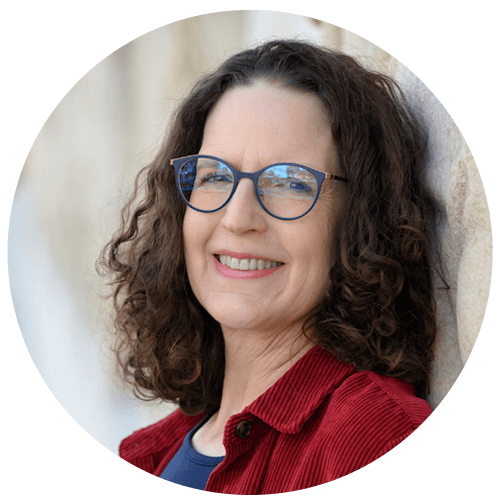Get my newsletter
Get updates on what I'm working on and what I'm thinking about. Sign up and spread the word. Thanks!About Jen
Writer, journalist, editor, gadabout. Book- and nature lover. Washingtonian. LLC. Read more »
Writer, journalist, editor, gadabout. Book- and nature lover. Washingtonian. LLC. Read more »
